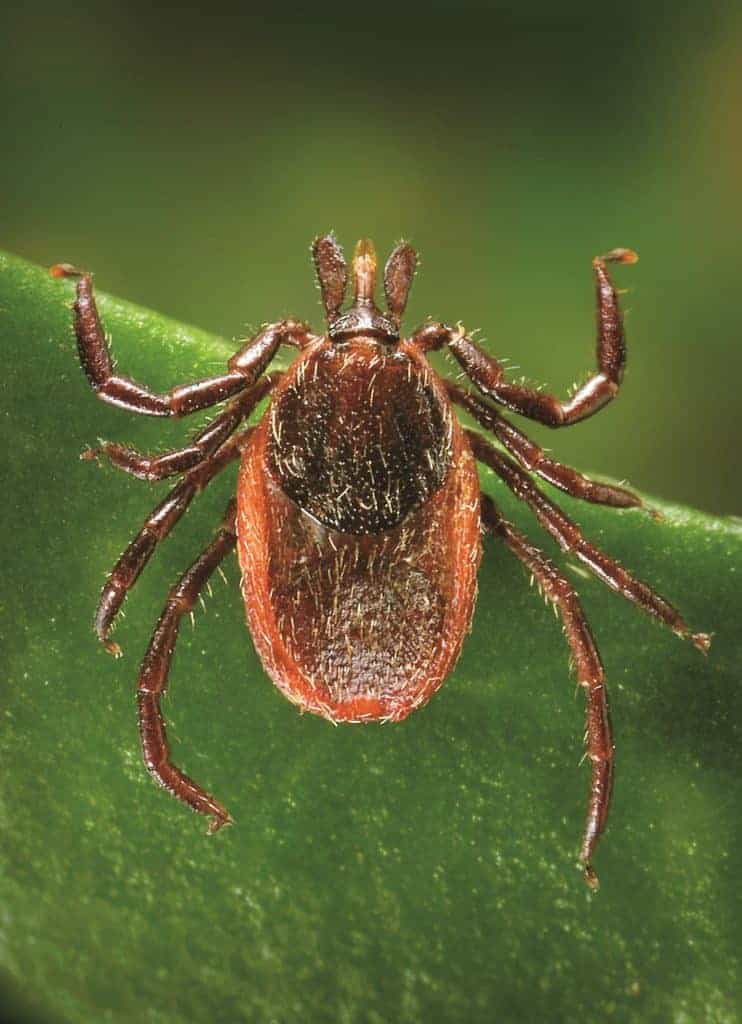
The Expanding Threat of Tick-Borne Diseases in Horses
Expanding tick ranges and emerging pathogens are increasing the risk of tick-borne diseases in horses. Learn what researchers and vets say about protecting your horse.

Expanding tick ranges and emerging pathogens are increasing the risk of tick-borne diseases in horses. Learn what researchers and vets say about protecting your horse.

As temperatures rise, tick activity increases—putting horses at risk. Learn how to identify tick-borne threats and implement effective prevention strategies.

This tick-borne disease tends to spread as global horse transport rises. Learn about the findings and limitations of a recent retrospective study.

Certain groups of U.S. horses are at risk of acquiring this blood- and tick-borne foreign animal disease.

Anaplasmosis is a tick-borne disease caused by a bacterium that infects white blood cells.

Natural tick-borne transmission of EP in the United States is rare, but veterinarians have recognized cases in recent years specifically involving iatrogenic transmission in Quarter Horse racehorses.

In addition to the three affected horses, 43 horses were potentially exposed.

Ticks can infect horses with an array of diseases including piroplasmosis, ehrlichiosis, and Lyme disease.

Officials say unsanctioned “bush tracks” like this one contribute to the spread of EIA and piroplasmosis in U.S. horse populations.

Thus far, 22 racing Quarter Horses residing at five locations in Bedford, Rutherford, and Williamson counties have tested positive for piroplasmosis.

Reported diseases included African horse sickness, atypical myopathy, contagious equine metritis, salmonellosis, and more.

Officials confirmed EIA in nine racing Quarter Horses located at a Smith County premises. Subsequently, seven of the EIA-positive horses and one additional horse on the property tested positive for equine piroplasmosis.

Officials reported diseases including African horse sickness, equine influenze, strangles, EHV-1, EIA, and more.

Confirmed diseases include equine influenza, equine herpesvirus, piroplasmosis, salmonellosis, rabies, and more.
Officials confirmed cases of equine influenza, EHV, equine infectious anemia, and other equine infectious disease outbreaks.

Researchers say the disease kills one out of five Przewalski horses in one major refuge area.
Stay on top of the most recent Horse Health news with
"*" indicates required fields